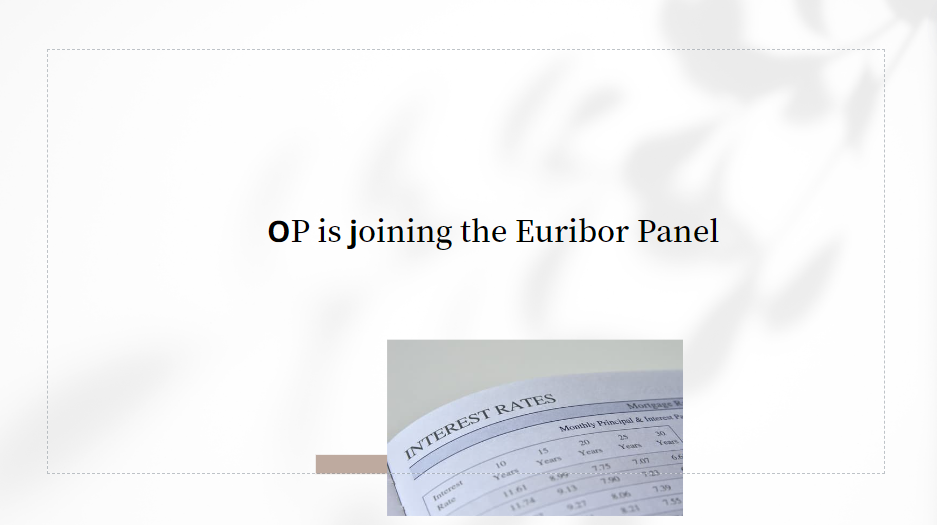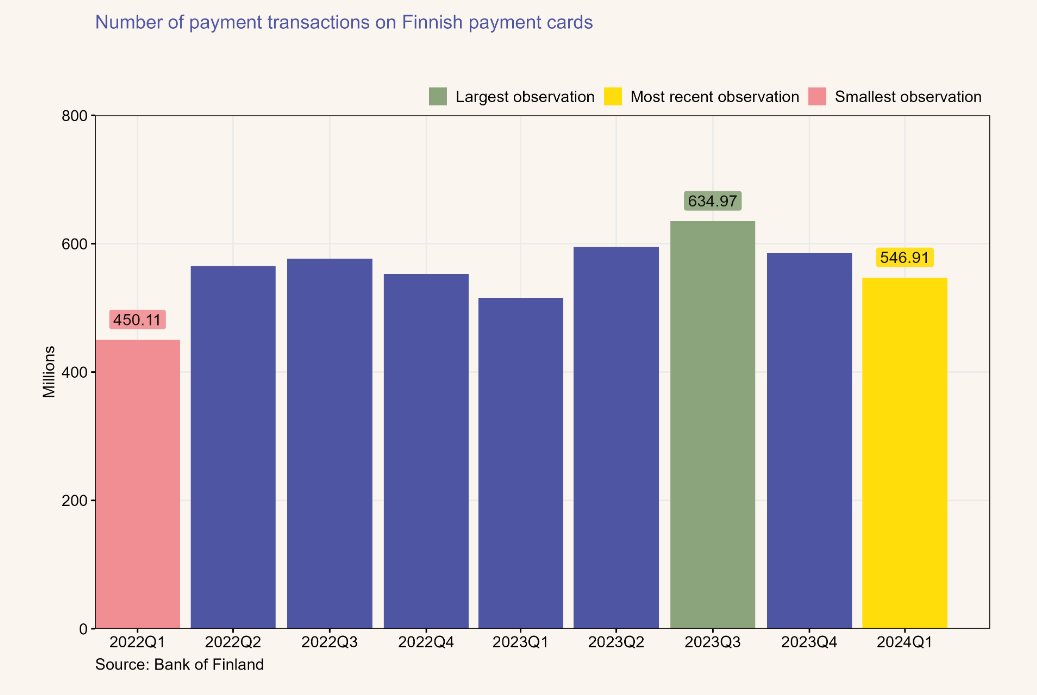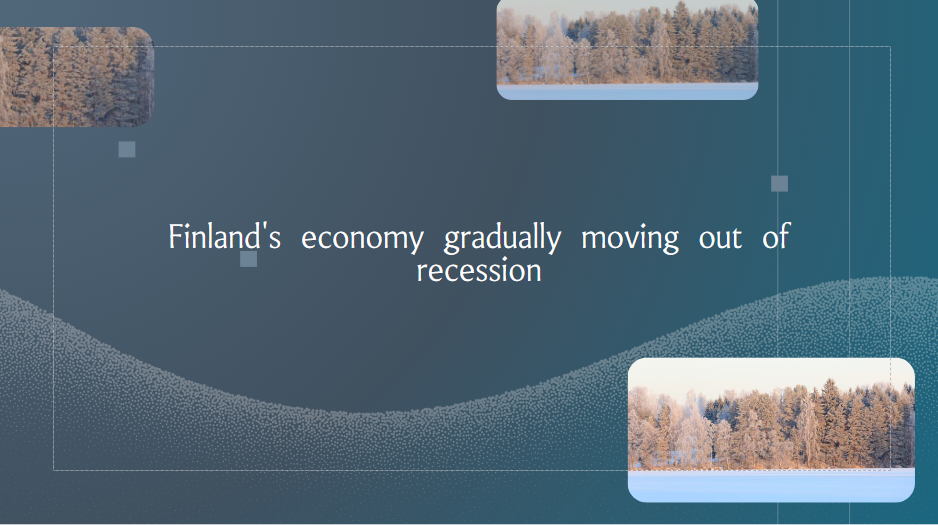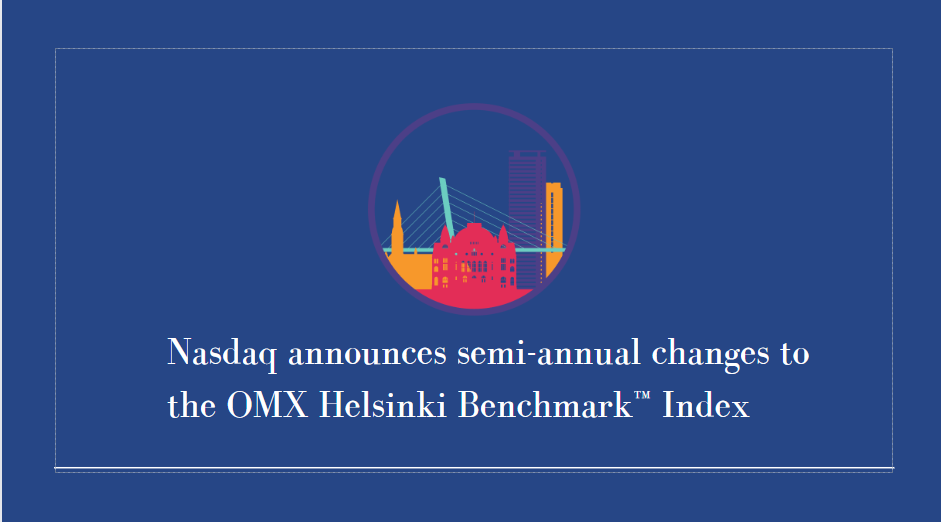Financial sector's capital position as at 31 March 2024: Finnish financial sector’s solvency remained strong in an uncertain operating environment
The Finnish economy moved from recession to very sluggish growth in the early months of the year, but the financial sector's operating environment is still marked by uncertainty. Despite the weakness of the economy, the banking sector's capital position has remained strong, although in both household and corporate credit the share of stage 2 loans has been growing. The solvency ratio of employee pension institutions strengthened in the first quarter, but that of life and non-life insurance companies weakened slightly. Geopolitical tensions remain and the outlook for interest rates is uncertain, which increases the financial sector’s risks.
The recession in the Finnish economy eased in January–March, as GDP grew by 0.2% on the previous quarter. Annualised GDP growth was still negative, however. Sluggish economic growth and higher interest rates are increasingly affecting the financial sector's clients, i.e. households and companies. Unemployment and lay-offs increased in the early months of the year, and the number of bankruptcies grew. Consumer and business sentiment also remained gloomy in the first part of the year. The situation is particularly difficult in the construction sector, and the number of new building permits continued to decrease. Furthermore, the operating environment is surrounded by considerable uncertainty due to the geopolitical situation and risks have remained high.
“The situation in the economy is still difficult for many households and companies, so it is still too early to breathe a sigh of relief. The solvency of entities in the Finnish financial sector continues to be strong, which has provided them – and will go on providing them – protection in an uncertain environment,” says Tero Kurenmaa, Director General of the Financial Supervisory Authority (FIN-FSA).
Banking sector's capital position strengthened slightly – credit risks continued to grow
The banking sector's capital position strengthened slightly due to a solid performance and remained stronger than the European average. The sector's Common Equity Tier 1 (CET1) capital ratio at the end of March was 18.5% (Dec 2023: 18.3%) and the total capital ratio was 22.4% (Dec 2023: 22.1%). The banking sector's operating result was boosted particularly by net interest income, which was higher than in the year-earlier period. Growth in net interest income however slowed in the first quarter, due to the increase in funding costs and the continued subdued demand for credit.
The banking sector’s non-performing assets relative to the credit stock increased slightly in the first quarter of 2024, Non-performing assets grew particularly in housing and consumer credit. Movements of loans between the stages of impairment are also signalling an increase in credit risks. The share of stage 2 loans has been growing in both household and corporate credit. The share of stage 2 loans continued to grow, particularly in the real estate and construction sectors. The Finnish banking sector’s non-performing loans nevertheless remained moderate and among the lowest in Europe.
The banking sector's liquidity position remained stable and clearly exceeded the regulatory requirements. Demand for debt securities issued by Finnish banks was strong in the early months of the year and the stock of deposits from the public remained stable. The cost of both deposit funding and market funding continued to increase in the first quarter of the year. The Finnish banking sector's strong dependency on market funding increases banks’ vulnerability to financial market disruptions and underlines the importance of sufficient liquidity buffers and appropriate liquidity contingency plans.
Employee pension institutions’ solvency ratio strengthened as return on investment was higher than the required return on technical provisions
Employee pension institutions’ solvency ratio strengthened in the first quarter and was 128.1% (Dec 2023: 126.3%) as return on investment was higher than the required return on technical provisions. The solvency position remained unchanged (1.6), due to higher risk-taking. Employee pension institutions’ return on investments, 3.4%, is mainly explained by the return on equity investments (5.5%). The return on listed shares was 7.0%, despite the fact that the return on Finnish shares - which continue to account for 28% of the listed shares in the investment portfolio - was close to zero.
The share of equity investments in the investment allocation of employee pension institutions increased to a record high level in the first quarter and was 51.2% (Dec 2023: 49.7%). The share of fixed-income investments continued to shrink, to 25.9% (27.3%). As a result of higher equity risk, the average risk-bearing capacity of employee pension institutions against a decline in the market value of equity investments weakened but was still at a reasonable level.
Life and non-life insurance company solvency weakened
The life insurance sector’s solvency ratio declined slightly in the first quarter of 2024, to 226.5% (Dec 2023: 234.6%). The solvency ratio of the non-life insurance sector declined more strongly, but remained at a good level, at 252.6% (Dec 2023: 265.5%). In both sectors, the weakening of solvency was attributable to, for example, the increase in the symmetric adjustment of the equity capital charge that evens out the impact of changes in equity prices, which increased the solvency capital requirement. In the non-life insurance sector, the change was bigger, due to the larger share of equity investments. In both sectors, the amount of own funds increased slightly as a result of the return on investments and the rise in interest rates.
In the life insurance sector, return on investment in January–March was 0.8%, and in the non-life insurance sector it was 1.9%. The majority of the return on investment was generated by equity investments. In the life insurance sector, the return on real-estate investments was still slightly negative. The profitability of the non-life insurance sector weakened due to the significant increase in the claims ratio.
For further information, please contact:
Samu Kurri, Head of Department, Digitalisation and Analysis. Requests for interviews are coordinated by FIN-FSA Communications, tel. +358 9 183 5030, Mon–Fri 9:00–16:00.
Appendices
·Solvency position of life and non-life insurance companies as at 31 March 2024 (Excel)





















































First, please LoginComment After ~